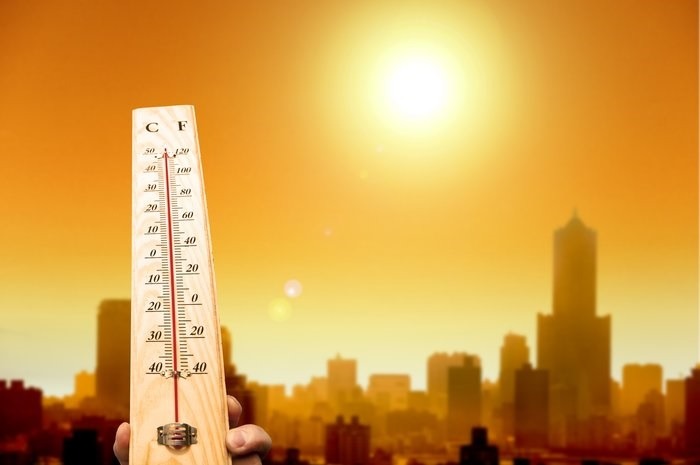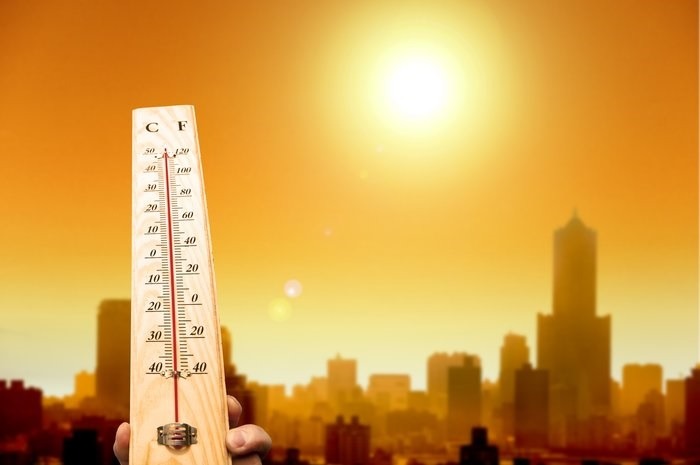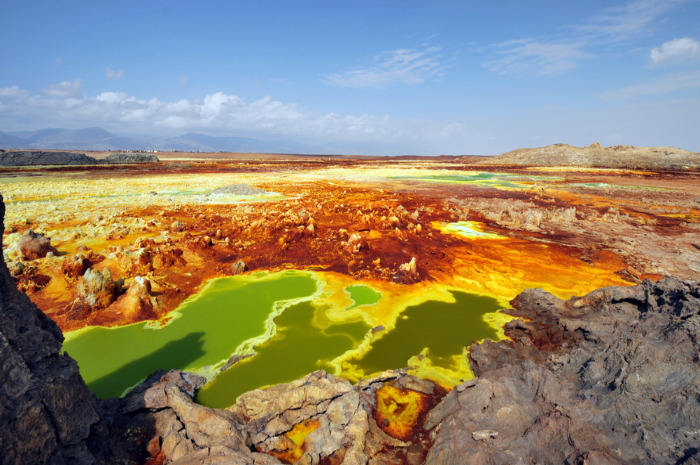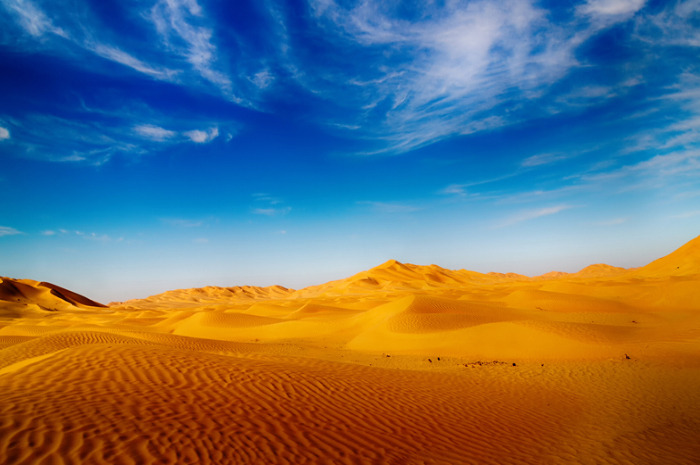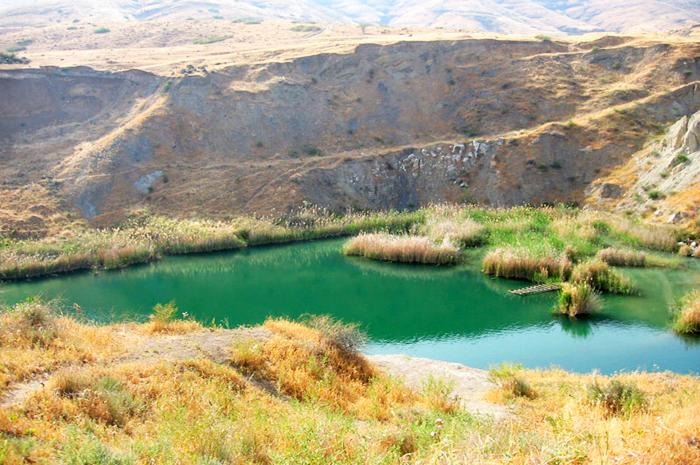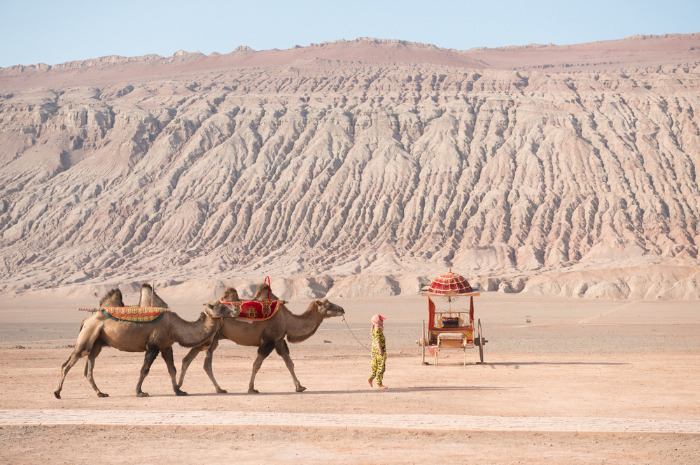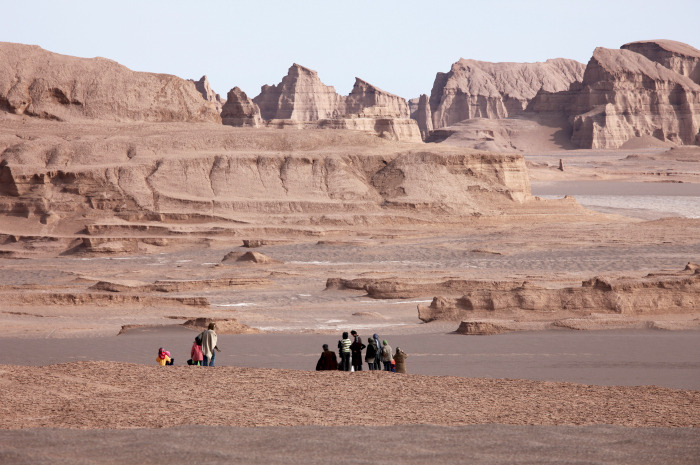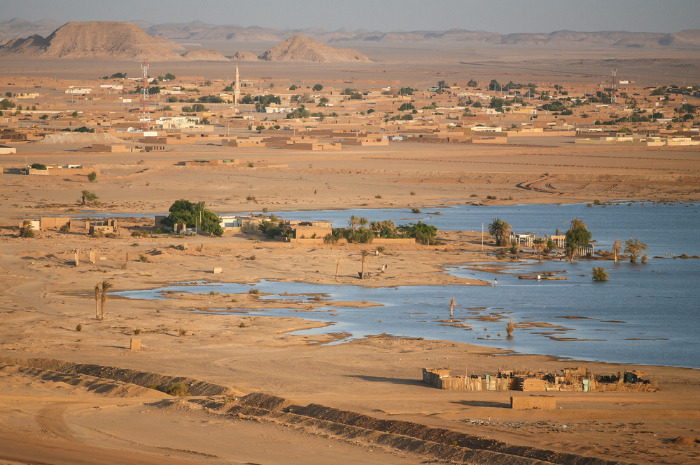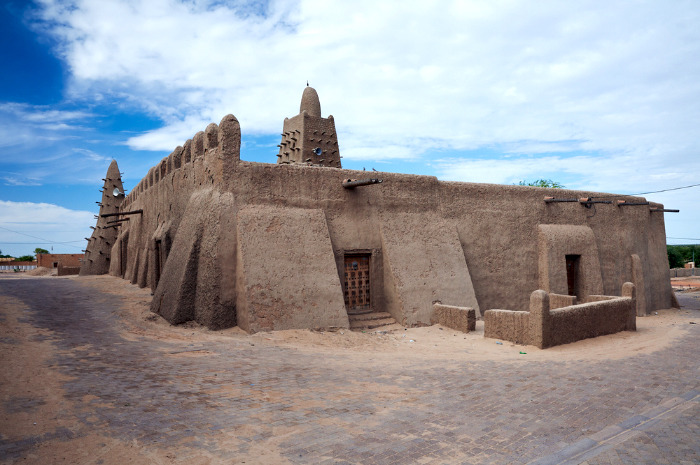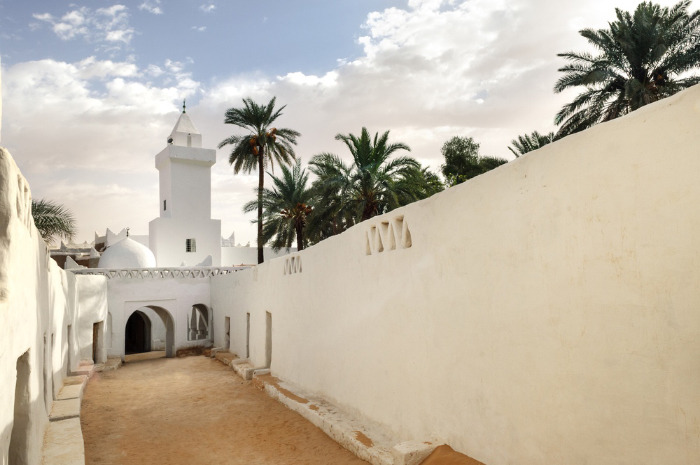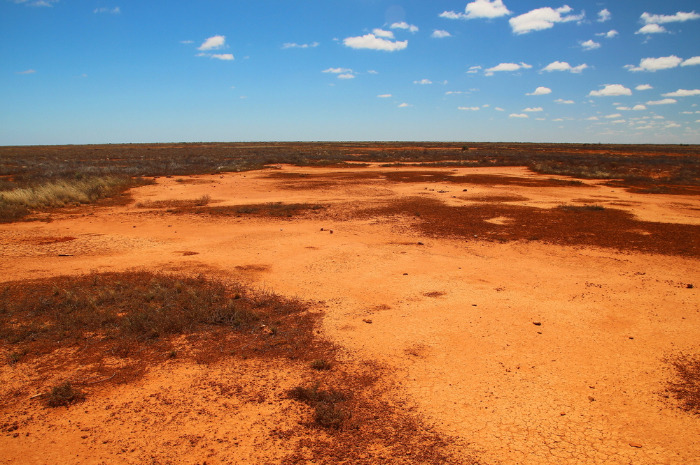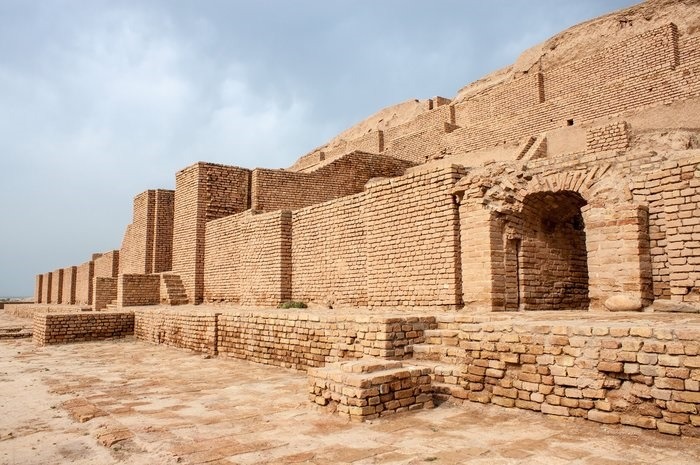Hottest Places In The Whole Entire World
Hottest Places in the Whole Entire World
Air temperatures are tricky to measure. A thermometer can absorb radiation from whatever is around it, which can falsely increase the number on the monitor. Even though some famous measurements have been found inaccurate, it doesn't change the fact that the places where they were observed are among the hottest year-round. How long do you think you can last in a harsh environment where the heat and high humidity come together to challenge anyone's survival skills?
Dallol, Ethiopia
This is one of the hottest, driest, and lowest places on the planet – 380 feet below sea level. The average temperature there is 93 degrees °F, the highest in the world. The fact that it barely rains – Dallol only receives 100 to 200mm of rainfall per year – doesn't help.
Bandar Mahshahr, Iran
Summer is always hot in this ancient city, but two years ago it made the news for a soar in temperature and a drop in humidity which left the nearly 300,000 local residents struggling to cope with 68 degrees Celsius (154°F) heat. The usual temperatures this time of the year are around 100°F. The city is next to the Persian Gulf where water temperatures are in the 90s. The high temperatures cause incredibly cruel humidity when winds blow off the sweltering water.
Rub’ al Khali, Arabian Peninsula
The vast desert region constitutes the largest portion of the Arabian Desert. It covers an area of about 250,000 square miles in a structural basin. It is also the largest area of continuous sand in the world. Temperatures as high as 133°F have been reported. It barely rains there – just over an inch a year. The desert was not crossed unsupported and by foot for the first time until February 2013.
Tirat Zvi, Israel
You can expect that anything located 722 feet below sea level will not have a friendly climate. The highest temperature ever recorded in Asia was at Tirat Zvi: 54 degrees Celsius – or 129°F – on June 21, 1946. Interestingly, the region is fertile due to its proximity to the Jordan River. The kibbutz is the largest date grower in Israel, with 18,000 trees.
El Azizia, Libya
It held the record for the highest temperature ever directly measured on Earth – 136.4°F – for 90 years. Even though it was found in 2012 that the measurement was inaccurate, the region, which is about 25 miles from Tripoli, is still among the hottest on the planet. Temperatures regularly reach 120 degrees, especially in the summer.
Death Valley, California
Death Valley is often deemed the world's hottest place. It's the lowest, driest, and hottest spot in the U.S. It holds the record for the highest reliably reported air temperatures – 134.06°F – measured in 1913. Park rangers at Death Valley National Park are sick of cleaning up after people frying eggs on the ground. The dunes in the park are particularly dangerous. The heat, which often reaches close to 130°F, can easily cause death.
The Flaming Mountain, China
The apt name is not surprising. Its landscape looks like a burning flame, which only matches its weather – blazing hot. One of the highest temperatures ever measured – 152.2°F – was recorded in the Flaming Mountains. It was the hottest measurement in the world in 2008.
Lute Desert, Iran
NASA measured temperatures from space during a seven-year study. In five different years – 2004, 2005, 2006, 2007, and 2009 – the hottest spot on the planet was in the Lut Desert. In fact, in 2005 the highest official reading ever was measured: 159.3°F. This UNESCO World Heritage Site is certainly the hottest place in Iran.
Wadi Halfa, Sudan
The city lies on the east bank of the Nile River, on the border with Egypt. The town of Dongola, which is about a 4-hour drive away, is among the sunniest places on the planet. The climate in northern Sudan is generally warm and dry, but Wadi Halfa once recorded a temperature of 127°F.
Timbuktu, Mali
Mali straddles Africa's north-south divide between the Sahara and the savanna. Timbuktu, which has one of the world's greatest collections of ancient manuscripts, has historically been the most popular destination in the country. It is endangered by desertification, as it is slowly being overtaken by the intruding desert. Temperatures as high as 130°F have been recorded. It would be much hotter if the Niger River weren't about 15 miles away.
Ghadames, Libya
Ghadamès is known as "the pearl of the desert" and it stands in an oasis. It is one of the oldest pre-Saharan cities, according to UNESCO. There were rooftop walkways for women so they can move freely, hidden from men's sight. The hottest time of the year in Ghadames is in July when it is 88.4°F on average, but temperatures up to 105°F have been recorded. The highest temperature was 131°F. People build houses out of lime, palm tree trunks and mud to handle the heat.
Kebili, Tunisia
The desert town, which is known for being one of the oldest on the continent, is also famous for its scorching temperatures. The highest recorded there is just over 131°F. The 156,000 residents find solace, and a place to cool down, under the town's many palm trees.
Badlands, Australia
Australia is a dangerous country not just because of its animals. In 2003, a NASA satellite measured the Badlands' land surface temperature to be 156.7°F. Australia's wilderness is known for its very hot and dry weather conditions – this is one reason why it's sparsely populated.
Ahvaz, Iran
A 10-day forecast in May shows day temperatures between 110 and 120°F with no precipitation at all. It's worse later in the year. Ahvaz is steadily one of the hottest cities on the planet, with summer temperatures frequently around 116°F—and that is without the humidity, which is usually soaring as well. The desert climate in the city ensures long, hot summers and short, mild winters.
